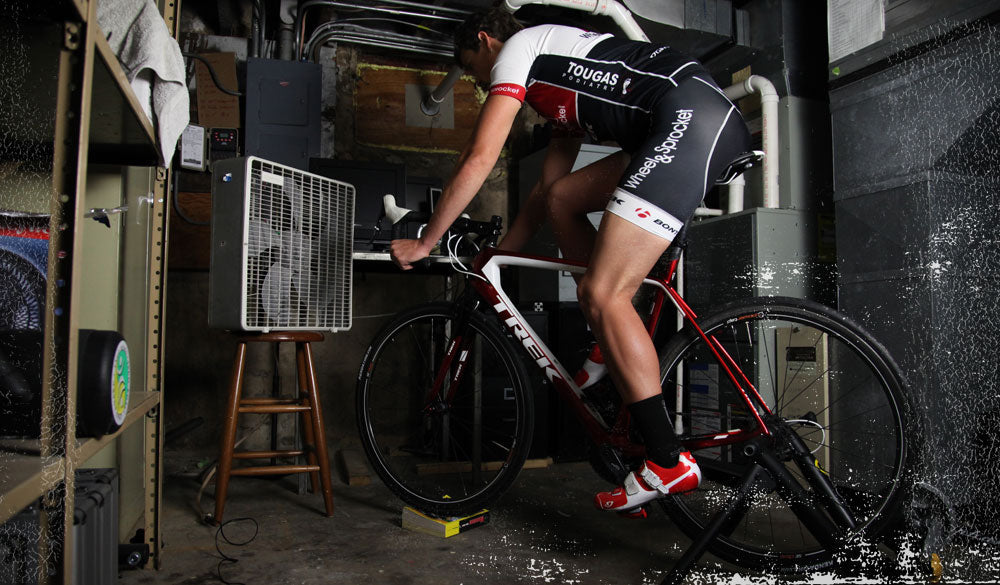Outside Magazine recently asked “ Which is a better workout: Riding on a trainer or outside?” This is a question often posed during the throes of indoor trainer season.
The fact of the matter is riding inside on a stationary trainer can be straight-up boring. This is one the biggest inspirations behind our work on CycleOps VirtualTraining. Like most workouts, getting on the bike is the hardest part. Once you get on, establish your plan and get into the habit, the gains to speed and fitness will become apparent – and addictive.
So whether you’re using your own bike on an indoor trainer or roller or if you’ve gone all-in on a specific indoor cycle, you’re in the perfect position to focus on your technique.
Plus, riding indoors means no wind and no hills. Without the hills, you’ll find yourself spending more time pedaling.
"When you're outdoors, even in time trials and racing scenarios, it's normal to coast 10, 15, even 20 percent of the time," he says. "But when you're on a trainer, you can pretty much go non-stop the whole time." -Neal Henderson, owner of Apex Coaching and Consulting via Outside Magazine.
The Outside Magazine article also recommends that riders have a plan when they get in the saddle to ride inside.
"Don't just tune out to Netflix without a workout in mind," he says. "Do drills you don't have the ability to do outdoors, and keep track of your progress from workout to workout so you know that you're improving."- Triathlon coach Robert Pennino, founder of Terrier Tri and T2 NYC, told Outside.
And if you dislike the sound of solo riding, you don’t have to go at it alone. Dropping in on an indoor cycling studio, queuing up a ride on CycleOps VirtualTraining or challenging a friend to an online race can inject a little more fun and motivation to an otherwise daunting workout.
Another benefit is that riding indoors can help cyclists prepare for events in warmer climates. According to a study done at the University of Zurich, training indoors on a stationary trainer is just as effective as outdoor training outside. Based on the results, Dr. Carsten Lundby suggests that training in partial heat, about 21°C (69.8°F), may reduce the need for riders to travel to warmer race locations 7-10 days early. And that kind of preparation can have a big impact on how an athlete prepares for a bit event.
This claim is not without merit as Henderson also speaks on the benefits of indoor training in the summer thanks to its “ convienient and time-efficient ” nature.
Outside Magazine really summarizes the benefits of indoor riding best:
"An indoor trainer can provide an excellent workout, especially for short, high-intensity sessions—as long as you're willing to put in a high level of effort."
